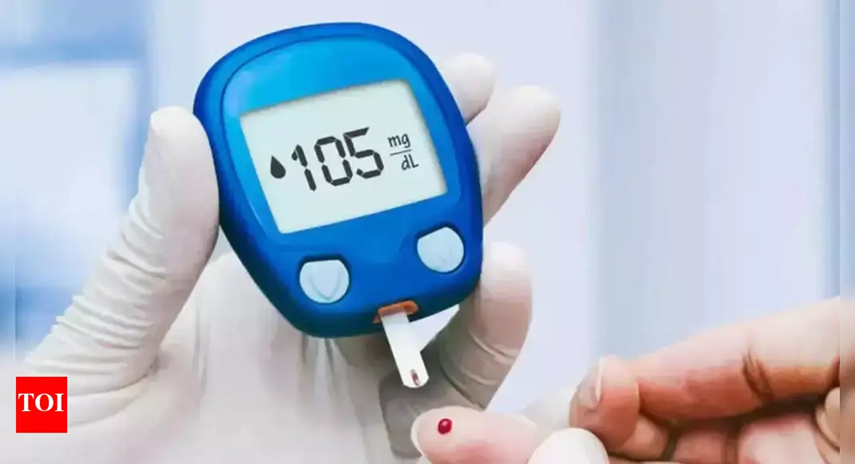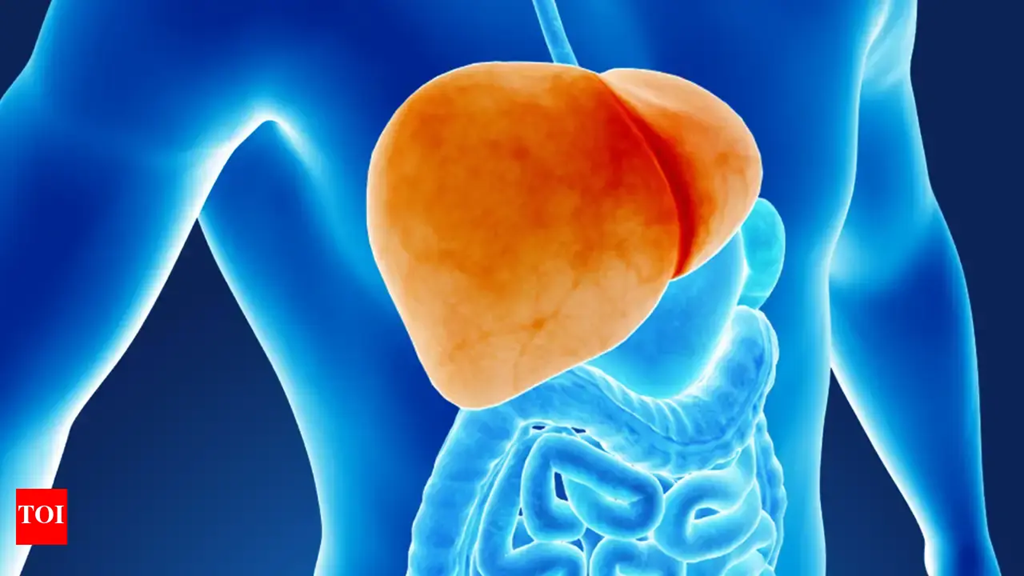
Research covering more than 300,000 pregnancies has shown its extensive and lasting physiological impact, with some bodily systems never returning to their former states.
The findings, in the journal Science Advances, result from the collective analysis of 76 major lab tests—collectively totaling more than 43 million—that were conducted from 20 weeks before conception to 80 weeks after birth in Israel.
The results illuminate the mechanics behind pregnancy and could lead to tools for improving the diagnosis, prevention, and treatment of pregnancy-related complications.
“The dataset is unprecedented in terms of number of participants and time intervals and covers all major laboratory tests,” said the researchers, led by Alon Bar, PhD, from the Weizmann Institute of Science in Israel.
“About half of the tests take on the order of months to a year to return to baseline after delivery, highlighting the physiological aftermath of pregnancy.”
It is already known that multiple systems in a woman’s body are affected by the demands of the fetus during pregnancy and the massive secretion of endocrine hormones by the placenta.
Demand for oxygen and nutrients causes elevated cardiac output and up to a 50% increase in maternal blood volume.
The glomerular filtration rate increases in the kidneys, leading to greater urine production, the immune system changes to prevent rejection of the fetus, and both coagulation and red blood cells show marked changes.
Additionally, the metabolism shifts toward increased insulin resistance and lipid production to supply energy for fetal growth.
Bar and co-workers studied a large national health record database in Israel, analyzing results from tests taken at weekly intervals.
They found that all tests showed sizable changes during gestation, and about half showed large overshoots following delivery. The team identified four different profile signatures for the changes in test values during and after pregnancy.
This included straightforward rises or falls during or abrupt over- or undershoots at birth followed by gradual recovery afterward.
A large proportion of the tests showed slow recovery that could take up to 50 weeks following birth. There were also changes before conception, which were attributed to healthy behaviors in the planning stages of pregnancy.
Gestational diabetes, preeclampsia, and postpartum hemorrhage (PPH) all showed dynamic changes and a distinctive signature, with some test results significantly differing from women who did not experience these pregnancy-related complications.
In a related Focus article, Michelle Oyen, PhD, from Wayne State University in Detroit, noted that pregnancy is unexpectedly poorly understood.
“Obstetrics research offers an opportunity for big data,” she commented. The work by Bar et al. is a strong example of how to make this opportunity a reality.”
She added: “By tapping into the resource of clinical data from preconception to more than a year post gestation, Bar et al. offer a tantalizing glimpse into a digital medicine future with improved outcomes.”









![Best Weight Loss Supplements [2022-23] New Reports!](https://technologytangle.com/wp-content/uploads/2022/12/p1-1170962-1670840878.png)




